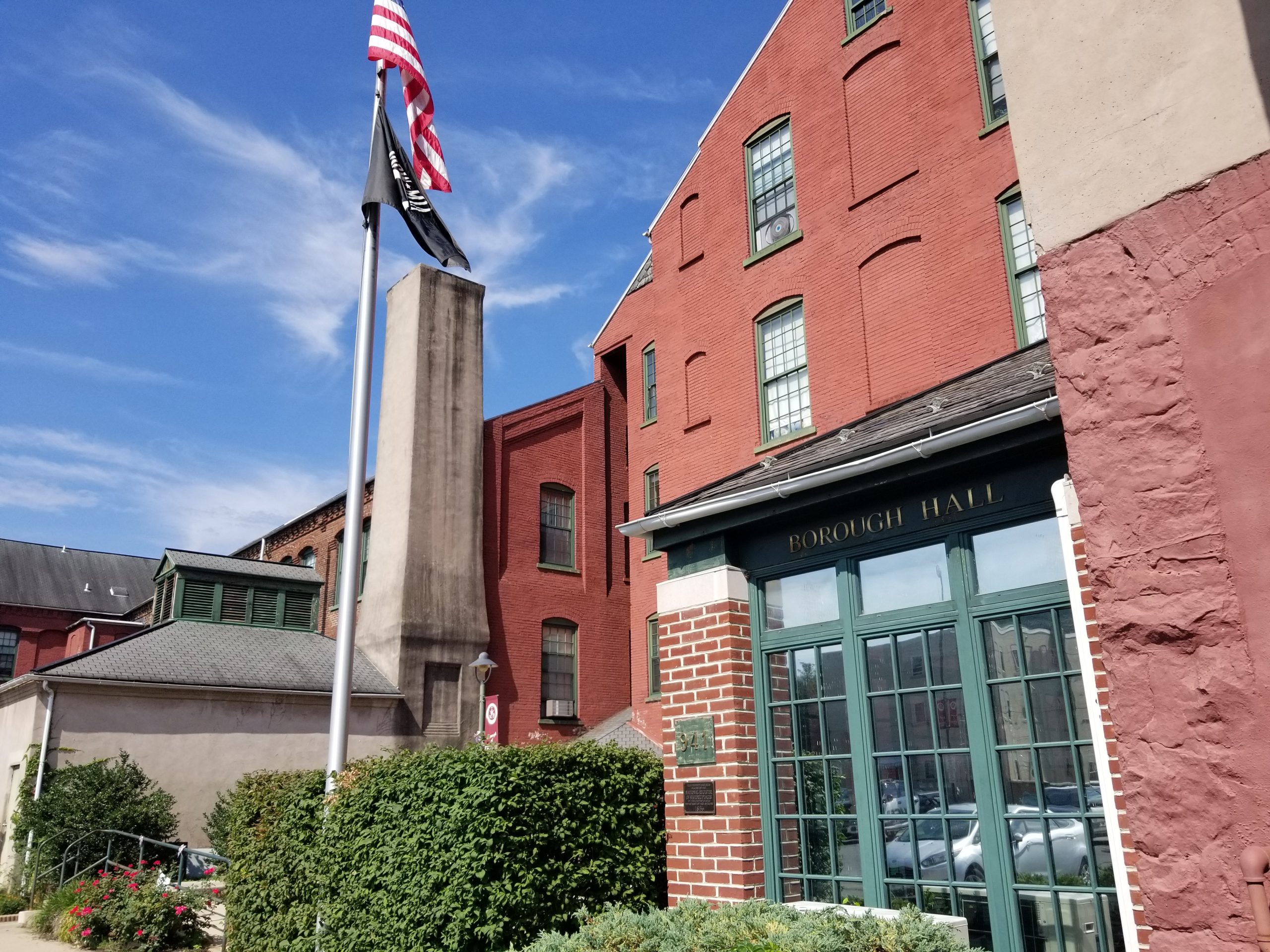Pennsylvania governor Tom Wolf announced Friday that another 12 counties will partially reopen under his plan to bring the state safely out of an economic shutdown caused by the coronavirus pandemic to what will likely amount to a new normal.
The 12 counties that will move from the “red” to “yellow” zone at 12:01 a.m. on Friday, May 22 are Adams, Beaver, Carbon, Columbia, Cumberland, Juniata, Mifflin, Perry, Susquehanna, Wyoming, Wayne and York.
Carbon will be completely surrounded by counties still in the red zone when it moves to the yellow zone next week; a situation Beaver County in western Pennsylvania found itself in last week, only in reverse, since all of the counties around it moved to yellow.
The counties that will remain “red” after May 22 are Bucks, Montgomery, Philadelphia, Delaware, Chester, Lancaster, Lebanon, Dauphin, Franklin, Huntingdon, Berks, Lehigh, Northampton, Monroe, Pike, Lackawanna, Luzerne and Schuylkill.
Most of the 18 remaining red zone counties are in the southeastern part of the state, which has been the epicenter of the COVID-19 outbreak since it began in early March and which continues to see higher daily case counts reported than other regions of the state.
Within the red zone, all businesses except those considered essential and life-sustaining are closed and gatherings are limited to a maximum of 10 people.
In the yellow zone up to 25 people may gather while continuing to observe social distancing requirements and wearing face masks, and some additional businesses like child care centers are permitted to operate with safeguards in place.
The “red” designation for the remaining counties is in effect until June 4–or longer, if it’s extended–unless Wolf’s administration determines some or all have met the qualifying criteria to move to the yellow phase; a possibility he seemed to suggest Friday, while reminding all residents that they need to remain vigilant in the fight against COVID-19.
“If we see a continued decline in case counts we can lift more restrictions, so it’s in Pennsylvanians’ best interests to continue to take social distancing seriously,” he advised.

Pennsylvania governor Tom Wolf (FILE PHOTO)
In a news release Friday, Wolf noted that “through our social distancing efforts, we have not only reversed a trajectory of exponential new case growth–we have cut it in half. And some of the counties that will be shifting into the yellow phase next week eliminated concerns that we had just two weeks ago. So please, keep up your efforts in the fight so we can continue to add counties to the list of those in the yellow phase.”
He also acknowledged the difficulty residents of the hardest-hit counties are facing psychologically–after more than six weeks under a stay-at-home order–and economically, as well as in other ways; difficulties increasingly evident in local matters, such as criticism over Hellertown borough’s decision to close its swimming pool this year.
“What makes fighting a pandemic even harder is that a virus is not like other disasters, where the danger’s obvious,” Wolf said. “We can’t see the virus particles in someone’s breath or on a doorknob or on a light switch. So it’s easy to look outside and see a beautiful spring day and think ‘Hey there’s no danger.’ But the danger’s there.”
“If you live in one of the 18 counties that remains in the red zone you may feel disappointed or frustrated right now,” he said. “Time has worn us down. We want to be with other people. We want to feel productive. We want to go to work, to the store, we want to see our friends.”
However, he said scientists haven’t determined it is safe for red county residents to freely do those things yet.
“The epidemiologists and other staff at the Department of Health have dedicated their lives to tracking diseases,” Wolf said in his 2 p.m. news conference. “They’re professionals trained to analyze not just the pathway of known viruses but opportunities for spread as well, and I base the movement of counties from red to yellow on their scientific and medical advice.”
Known for his soft-spoken, mild-mannered approach to governing, Wolf has been the subject of growing criticism for his resistance to reopening all of the state from county officials, some of whom have said they will reopen with or without the state’s consent.
Earlier this week, Wolf surprised many political analysts by responding to the Republican county commissioners by warning them that their counties and the businesses within them could face “negative consequences” such as the loss of disaster relief money and cancellation of liability insurance policies if they choose to go rogue.
On social media platforms such as Twitter he has been the subject of frequent attacks, with U.S. President Donald Trump entering the fray this week by seemingly endorsing the rebel counties and urging Wolf to “Be safe, move quickly” in reopening the state.
Wolf, a Democrat, has so far declined the advice, and neither an anti-shutdown rally staged at the Pennsylvania State Capitol in Harrisburg Friday nor a strategically-timed visit by Trump to the Lehigh Valley Thursday have dissuaded him from continuing with the cautious approach he also took when closing the state.
Lehigh and Northampton county residents have been under Wolf’s stay-at-home order since March 25, which was when he expanded it to include the Lehigh Valley. Eventually, on April 1, the order was expanded to include all 67 counties in Pennsylvania.
Polls have continued to show that Wolf has popular support for his approach to the reopening, with more than 70 percent endorsing it in a recent Washington Post poll.
The total number of confirmed cases in Pennsylvania topped 60,000 Friday–with nearly 1,000 new cases recorded–and more than 4,300 Pennsylvanians have died from COVID-19, according to the state Department of Health.







